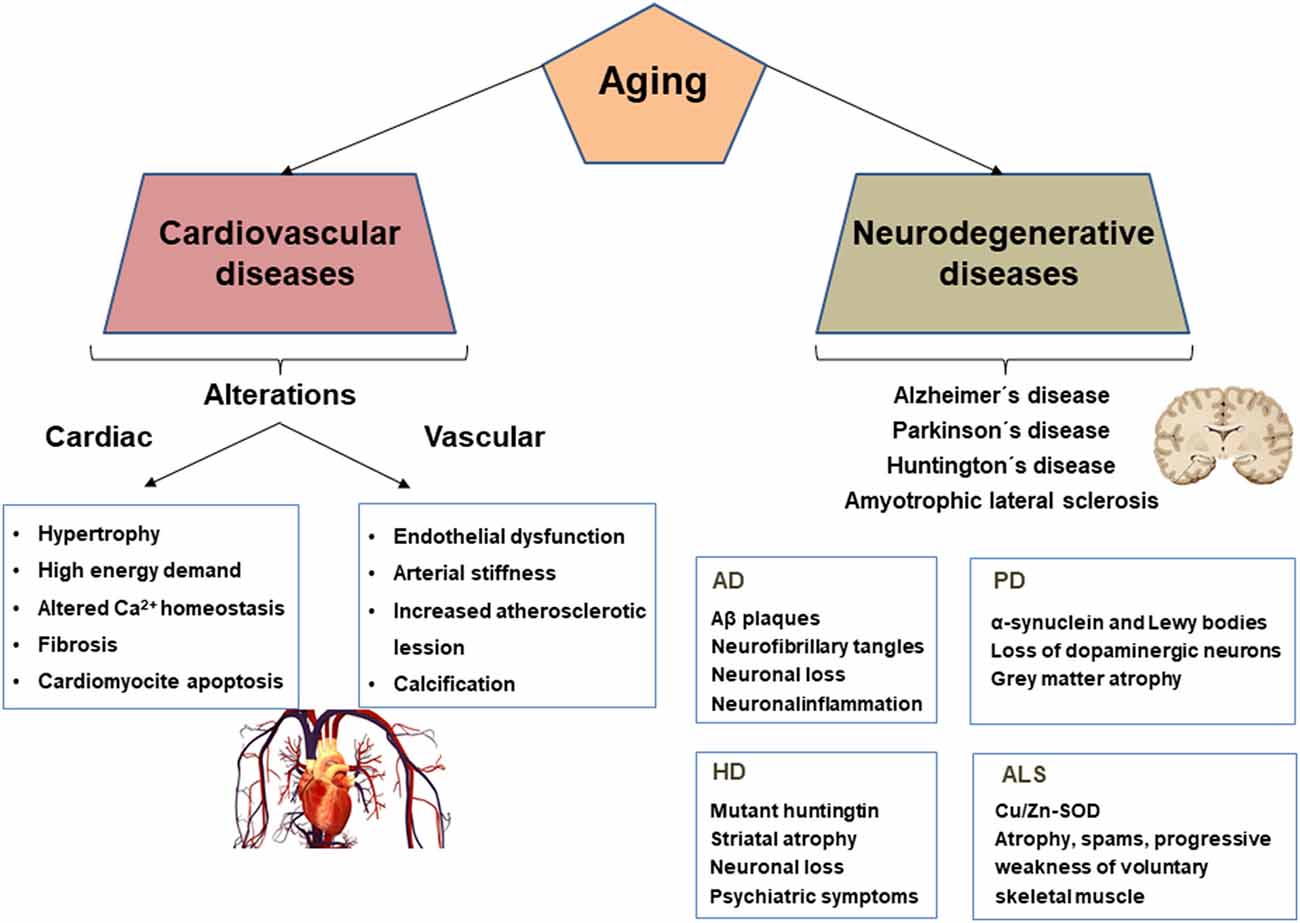
# **Biomolecular Condensates and Their Effect on Cellular Electrochemical Gradients**
Biomolecular condensates are unique structures within cells that arise through liquid-liquid phase separation. These non-membrane-bound assemblies are vital for cellular organization, gene regulation, and protein storage. Recent findings indicate that these condensates do more than merely gather and concentrate biomolecules—they actively affect electrochemical gradients within cells. This insight enhances our understanding of the versatile roles of biomolecular condensates and their potential involvement in diseases, including neurodegenerative conditions.
## **The Characteristics of Biomolecular Condensates**
Biomolecular condensates are fluid-like structures, generally sized between tens of nanometers and several micrometers. Composed of proteins, RNA, and various biomolecules, they form through phase separation—a mechanism akin to oil droplets dispersed in water. Unlike conventional membrane-bound organelles, these condensates lack physical barriers, which allows for a dynamic interchange of molecules with the surrounding cellular milieu.
Even though they were first identified as phase-separated entities in 2009, the recognition of their existence has been around for almost 200 years, with researchers historically labeling them as “speckles,” “granules,” or “bodies.” Depending on their composition, these condensates exhibit different material properties, frequently behaving like liquids, gels, or quasi-solids. They form and dissolve in response to cellular signals such as stress and serve various functions, including:
– Storing and concentrating biomolecules
– Assisting in DNA repair
– Functioning as centers for gene regulation
– Modulating enzymatic reactions
– Contributing to cellular compartmentalization
Disruption in condensate formation can result in pathological effects, such as protein aggregation in neurodegenerative diseases like Alzheimer’s and Parkinson’s.
## **Electrochemical Effects of Condensates**
Although the primary role of biomolecular condensates was previously thought to be molecular sequestration, researchers now suggest an added dimension of influence through modulation of electrochemical gradients. These gradients are essential for numerous cellular functions, including energy metabolism, signaling, and ion transport.
Earlier investigations indicated that condensates can generate non-equilibrium gradients by either accumulating or excluding ions, consequently creating electric fields or redox gradients. Such gradients have a significant impact on biochemical reactions, encompassing catalytic processes. This implies that condensates may function as active biochemical “reaction centers” rather than merely serving as storage units for molecules.
## **The Ageing of Condensates and Their Evolving Properties**
A recent investigation led by **Yifan Dai** at Washington University in St. Louis examined how the electrochemical attributes of condensates transform over time. The researchers studied condensates made up of a model polypeptide and monitored their pH changes using fluorescent dyes, yielding impressive observations:
– **Initial Phase (First Two Hours):** The condensates demonstrated a neutral to basic pH.
– **Intermediate Phase (First 24 Hours):** The pH gradually transitioned from basic to acidic.
– **Later Phase:** The condensates developed an inner structure, featuring an acidic core with a more basic outer shell.
To explore these variations further, the team employed fluorescence-based viscosity measures, uncovering an increase in molecular rigidity over time. This suggested that as condensates “aged,” their internal molecular interactions and bonding characteristics transformed.
In addition to pH fluctuations, the researchers utilized electrochemical potentiometry—a technique that involves placing electrodes to assess electric potential—to measure the electric fields of the condensates. The potential difference between the dense condensate phase and the surrounding aqueous environment slowly diminished, aligning with the noted decline in pH gradients.
## **Biological and Disease Implications**
A particularly fascinating outcome from the investigation was the influence of condensate ageing on amyloid-beta (Aβ) fibril formation. Younger condensates limited Aβ fibrils to their surfaces, while older condensates enabled the emergence of extensive, intertwined fibrillary networks. Since Aβ aggregation is a hallmark of Alzheimer’s disease, this implies that condensate dynamics may affect the aggregation of pathological proteins in neurodegenerative disorders.
The findings from this study challenge the assumption that condensates with similar compositions behave uniformly. Instead, their properties may significantly alter over time in response to inherent electrochemical feedback mechanisms, including:
– Redox-sensitive protein crosslinking
– Variations in hydration states that modify ion distributions
– Internal feedback loops that impact protein interactions
This prompts intriguing questions: Could cells regulate condensate ageing to fine-tune their operations? Might manipulating condensate ageing aid in the development of therapeutic strategies to avert detrimental protein aggregation?
## **Expert Opinions and Future Prospects**
Experts express optimism regarding these results, emphasizing their potential importance in comprehending protein misfolding diseases. **Tuomas Knowles** from the University of Cambridge believes that the study provides a fresh outlook on condensate biology:
> *“These results show that the local chemical environment of condensates can change as a function